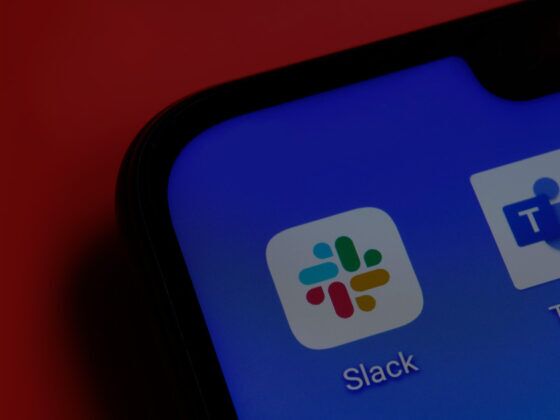According to the The New York Times, law schools are taking some bold steps to address the challenges facing their graduates. The piece talks about a new law school innovation described as, “a teaching hospital for law school graduates.” The idea is to create clinics and law firms that employ new law school graduates, offering services to low- and moderate-income clients. By offering lower-priced services to under-served populations, law schools give their graduates jobs and experience while expanding the number of people who can afford legal services.
Perhaps more than any other profession, the economic crash of 2008 has changed the business of law. Economic pressures and new realities are forcing a radical transformation on law firms of all sizes. That transformation is being felt most immediately and painfully at the law schools, where applications are collapsing. For the first time in living memory, law schools are experiencing a precipitous drop in the number of applicants, and the number of jobs open to new lawyers has dried up. When I graduated high school in the 1990’s, it seemed like most of the brightest students in my class were planning to go to law school. Today, being a lawyer suddenly seems like a bad bet.
Desperate Times
A group of legal luminaries published an open letter to the American Bar Association this month, noting “ninety percent of law students borrow to finance their legal education and the average law school debt now exceeds $100,000…” while “(m)ore than two out of every five 2011 graduates did not obtain a full-time long-term job requiring a law degree.” The group, including Judge Richard Posner and other legal giants, suggest a number of remedies, such as reducing the time students must spend in school, offering long distance learning options, and changing the federal student loan program to better serve law students.
Along with those remedies suggested, the law school clinic is actually a very good idea on several levels. Most importantly, it recognizes not only that lawyers need jobs, but also that the legal profession needs to find ways to serve more members of the public if it wants to remain a viable business. Somewhere between 15 to 20 million civil lawsuits are filed each year, but most law firms pursue only the biggest and most lucrative of these suits. These clinics would help young lawyers discover ways to serve more people, not just the biggest and most well-funded.
Avoiding Pointless Costs
To understand why controlling technology costs is a fundamental concern, let’s look at some of the costs incurred in a typical matter. In re Aspartame Antitrust Litig., 416 Fed. Appx. 208 (3d Cir.2011), you can see an itemized list of the costs in one fairly typical eDiscovery battle. In this matter, the court awarded one party $26,244 for “Production Processing Fees” and $1,200 for creating Concordance load files. These awards are merely to cover the cost of creating load files allowing documents to be saved to a review platform and the Concordance database. Another $2,050 was awarded just for capturing metadata fields and labeling files for production.
Those costs are often only the beginning of the production process, depending on how parties choose to manage the process. In this case, the parties were also awarded thousands of dollars in printing costs at .25 cents per page for photocopying, and several thousand dollars for creating DVD copies of data. Yet these awards represent only a portion of the total amounts requested, including more than $15,000 in costs associated with converting documents from the TIFF format to PDF, for which the court did not award payment.
It is a noble and responsible thing for law schools to suggest that students broaden their client base. But unless litigators can control many of the costs involved in a matter, it will be impossible to make a living this way. The potential rewards from smaller cases are just too meager to offset the kind neverending technology costs seen in the case above.
But most of these costs are avoidable. For example, Nextpoint’s eDiscovery technology is a cloud-based and integrated archiving, eDiscovery, and trial technology platform. That means users upload data once and the information is securely available to any authorized users on the web. There is no charge for processing, and there will be none of the conversion or printing costs seen in re Aspartame. You can even produce data to opposing counsel online, eliminating the need to burn disks and mail them. When a matter moves from discovery to trial, there is no cost to convert files or export them to a new platform- it stays within the Nextpoint software platform.
There are a lot of pointless costs associated with legacy litigation and eDiscovery software. The old warhorses of the industry – Summation, Concordance, and the like- were built in a different era for a different computing environment. If lawyers truly want to control costs and offer low-cost services to more clients, it helps to have technology that takes advantage of the Internet to deliver accessible, affordable services at a predictable rate. It’s great that law schools are pushing young lawyers to try new business models, but those models are unsustainable unless the lawyers can lower the cost of doing business. Smarter use of technology that eliminates the unnecessary costs of production and conversion in eDiscovery will be an important part of the new business model.






